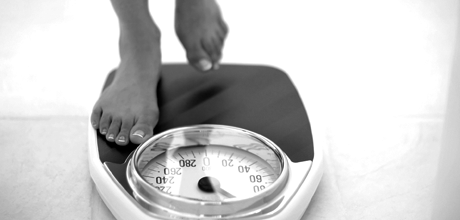9:00am – Coffee
Why do you crave a kick-start cup of coffee in the morning? It’s because the caffeine releases adrenaline – the hormone that makes you feel more alert – into your bloodstream. It also boosts blood circulation to your brain, helping improve concentration. Just make sure you eat breakfast first, as drinking it on an empty stomach may overload your central nervous system, making you jittery.
11:00am – Celery
As stress levels and blood pressures rise at work, munch on celery. It contains potassium, known to help lower sodium levels (a sign of high blood pressure and stress). Plus, at six calories per stick, they won’t ruin your appetite.
1:00pm – Mackerel
Need a brain boost in the afternoon? Tuck into a mackerel salad at lunch, packed full of cognitive-enhancing omega-3. Plus, this is a great time to chomp down on some nutritious leaves – your metabolic rate is at its highest, so it’s easier to break down raw foods.
2:00pm – Blueberries
These berries provide a super-healthy sweet hit, and with their low-glycaemic index they’re absorbed slowly, so don’t lead to a sudden sugar level spike. And there’s more good news – research suggests that regularly eating blueberries can lead to a rewriting of the part of your brain that affects short- and long-term memory, as well as boosting attention span.
5:00pm – Beetroot
Off to the gym after work? Studies have revealed that beetroot juice helps your muscles work more efficiently and lowers oxygen uptake. It’s also a vasodilator, which means it opens up blood vessels, allowing oxygenated blood to get to your hard-working muscles.
10:00pm – Cherries
If you’re feeling peckish before bed, snack on a handful of cherries. These contain melatonin – a hormone that induces sleep – so you should have a good night’s rest.









